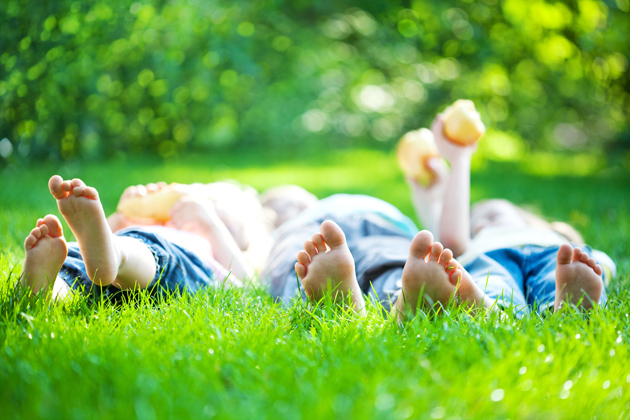Skip to content
Who taught you how to relax?
De-Stress 101:
Who taught you how to relax?
Dr. Miriam Franco, Psy.D.

Most Americans know how to vacation well- go the full nine yards for two weeks, and then remain stressed out most of the year. Even the American healthcare system is admired for its capacity to respond to time-limited acute situations, as in crisis management. Yet, when coping with chronic conditions or vacillating states of being, we tend to possess few skills or practice. We are really novices at “relaxing” and “letting go” of stress in our day to day lives. Our mojo is self-actualization and we ascribe great value to being efficient and busy. We tend to think hard about relaxing, evoking left brain skills to “conquer” relaxation via logic and reason and downplay our right brain skills of being in the moment and heightening sensory awareness and intuition. In fact, we WORK AT relaxing which is counterintuitive to how to become relaxed, but is very American.
If you stop to think about it,
who taught you
how to relax?
When I ask this question at my Stress Reduction and Guided Imagery workshops, I am usually met with blank stares. I wait a moment, knowing it takes time to recap because we are all exiles from childhood. Every time, the group responds slowly at first and then, with solemn unison, they whisper: “No One!”
Our families are not just our personal families, they are primary social institutions, conveyors of culture. Families are where we learn all our initial behaviors, including positive and negative health behaviors and values. Most of us did not learn at home how to cope with anxiety or heightened stress nor do we know what it feels like to be deeply relaxed and still conscious. In fact, a significant number of adult Americans have great difficulty letting go of the day and experiencing restful sleep let alone relaxing.
Learning to let go of stress is learning to tune in, become mindful of other ways of slowing down, of being, of connecting. It is, so to speak, a paradigm shift where you become attuned to a different way of knowing and experiencing, connecting to your inner capacities. This is referred to in meditation practice as open attention and learning to connect with a natural presence.
Most of us need strategies for “how to get this started” because we grew up in a culture that is foreign to becoming attuned to our more authentic selves, to being present rather than doing and accomplishing. We tend to build ourselves from the outside in rather than from the inside out.
The quickest and easiest way to first learn to “tune in”, attend to being in our bodies and letting go stress and judgments about ourselves is to utilize Relaxation and Guided Imagery techniques. These gentle yet powerful tools teach us how to relax our bodies first, and slow breathing and heart rate. As you are guided to scan through your body and imagine how it looks and feels to relax different parts of your body, you can interrupt fretful thoughts and playfully imagine, with your senses, an ideal place of relaxation, a safe place to envision with your senses, or even imagine someone easy to love. These centering images start to create new neuronal strategies, new ways of just being open to becoming more aware of how it feels to relax and not worry about getting it right, but simply engaging in the moment of being aware. And because in this relaxed state sensory images are sustained, your body learns to take in and resonate these images allowing their healing properties to continue to reverberate in your body and your mind is free to follow.
Breathe….
Exhale slowly,
and download my
to get a free download of De-Stress 101 and enjoy!



Share This Story, Choose Your Platform!
Page load link

